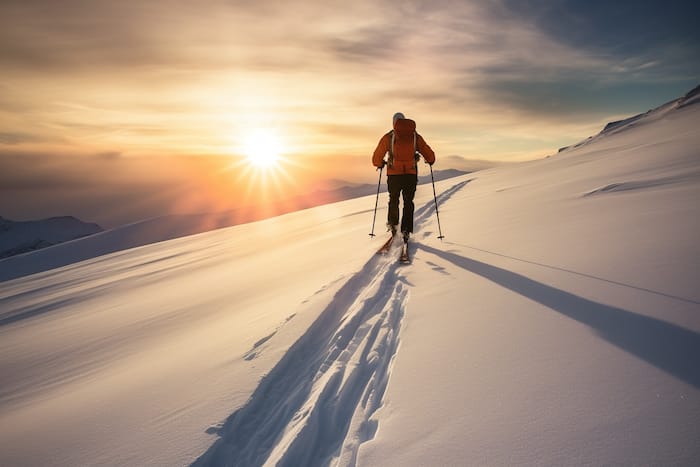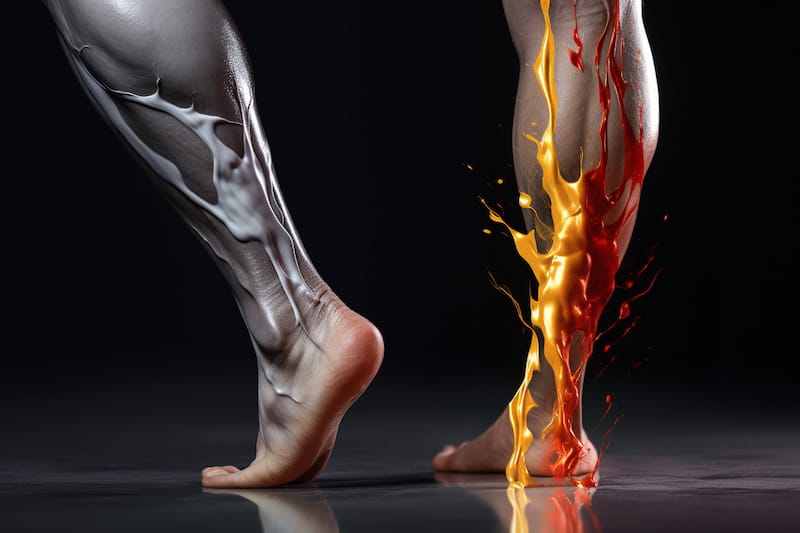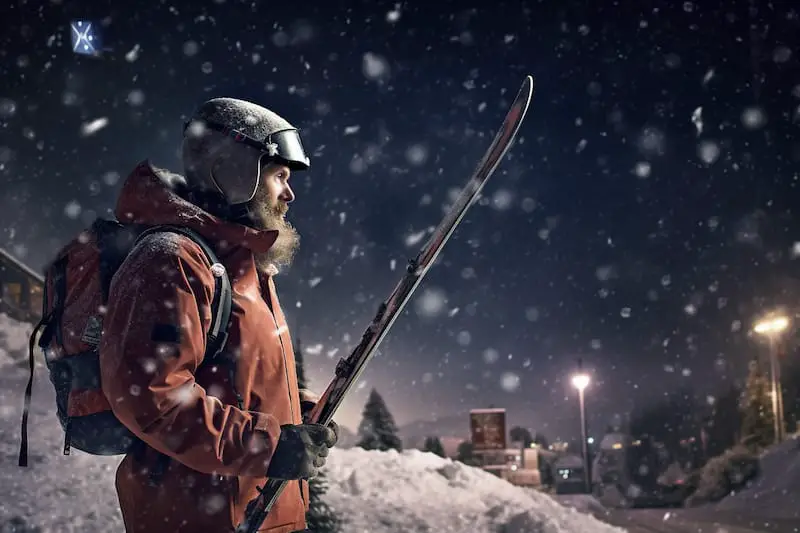If you’re an avid skier or like to go skiing for leisure time, then you already know ski bindings can put a dent in your pockets. Because they’re essential to your safety, you can’t go skiing without them, so be prepared to spend a lot of money.
Ski bindings are so expensive because the bindings are a safety item, the technology and design are intricate, and the cost of the materials needed to make ski bindings. However, there are also other factors that could drive up the cost.
If you’re just getting into skiing, then don’t be surprised by the cost of skis, and it’s not something you can go without if you like to ski.
What Makes Ski Bindings Cost So Much
Ski bindings are necessary to go skiing. You can ski without them, but it’s very dangerous. They’re an extremely important safety component and will detach from skis in dangerous situations.
Reasons ski bindings aren’t cheap:
- Technology
- Design
- Binding types
- Material
- Warranty
- Brand
Ski bindings are a way to attach your skis to your boots and have a safety brake for protection purposes. They have a toe and heel piece, if you fall, the toe piece pops off sideways and the heel piece releases upwards.
Another key competent is the DIN (Deutsches Institut Fur Normung), which is the point where the skis will release from your boot skis. It’s the value that determines the amount of force needed for a binding to break away in case of an emergency to keep the skier from getting hurt.
All bindings have a different DIN range, it depends on your height, weight, age and skill ability. You’ll typically pay more for ski bindings with a higher DIN, but you can pay for a cheaper binding binding that has a lower DIN. So if you don’t need a high DIN you can pay for something cheaper.
The type of material used to make ski bindings also factors into the cost of ski bindings. Some bindings can be made from plastic and others from metal. Ski bindings made from metal tend to be more stronger and durable, less likely to break but will cost you more money.
Bindings also come with warranties that’ll also drive up the price. But the technology used to make bindings is one of the main factors driving up the price. Bindings have an anti friction device that lightens the friction between the binding and your boots. And there’s also rubber paddings and shock systems that absorb vibrations from bumpy trails at fast speeds.
Different Types of Bindings
If you’re getting ready to go skiing, be on the lookout for multiple ski bindings. Every type is specific to different skiing categories.
- Alpine bindings which are great for downhill skiers, however you can’t go uphill or backcountry.
- Frame Alpine Touring bindings are really good for short distance and uphill skiing. However, these are heavier than Tech AT bindings.
- Tech Bindings are best for long distance skiing. One thing about tech bindings is that they’re more lightweight than Alpine bindings and have two pins instead of a normal toe piece. These are usually the most expensive bindings.
- Telemark bindings are the most flexible bindings and are usually used for telemark boots.
- Integrated bindings get used for a specific pair of skis and are packaged as a system. They’re usually available on all-mountain and all-wide skis. These bindings tend to flex naturally and create better edge-hold which allows for better turning.
How To Buy Ski Bindings
Whenever you go purchase ski bindings, there’s a few things to look out for and you have to make sure the ski bindings match your skiing style. If you’re a new or inexperienced skier, then you don’t need a high DIN range. Keep this in my mind, because it could save you a ton of money.
Things to consider when buying ski bindings
- Your skiing style
- Your DIN setting
- Your skiing experience
- Where you like to ski
To pick a ski binding, determine the waist of your skis and your DIN settings. The waist width of your skis helps determine what size brakes that will be needed. Your skiing ability, weight, height and boot sole length will tell the bindings release force setting.
Where your ski is mounted also affects your performance. If your ski binding is mounted far back, the stiffer the ski will feel. Ski bindings also have to be compabile with your boots and not all bindings will fit your boots.
Bindings can also come with lifters that stiffen the ski under your boot to add leverage and lifters can dampen ski vibration on the snow. Lifters aren’t necessary for skiing, however, some skiers prefer lifters so their skis are more stable when skiing. Too much lift can make skis less versatile and heavier, which can lead to a few issues.
If you are an advanced skier who likes high speed turns, then you’ll need bindings that are dynamic and precise, this will give you a great grip. If you’re not an advanced skier and just want to do a lil free riding, you’ll just need a pair of light bindings. And if you planned on praciting freestyle skiing, flexible bindings can work as shock absorbers when landing jumps.
It’s important that after picking your ski binding that a certified ski technician mount and make appropriate adjustments. Make sure to do this at the beginning of each ski season or every 20 days of skiing. And never adjust your binding settings yourself, this way your bindings can be operated safely.
Be Sure To Take Care of Bindings
Matienance is very important for your ski bindings. Always make sure your skis get inspected and tuned before every ski season. Keep your anti friction device clean and replace it soon as possible if it gets damaged.
Don’t try to wash your bindings, doing so can ruin the factory lube on the bindings. And in the off-season always store you skis in a warm and dry place in the summer and spring.


